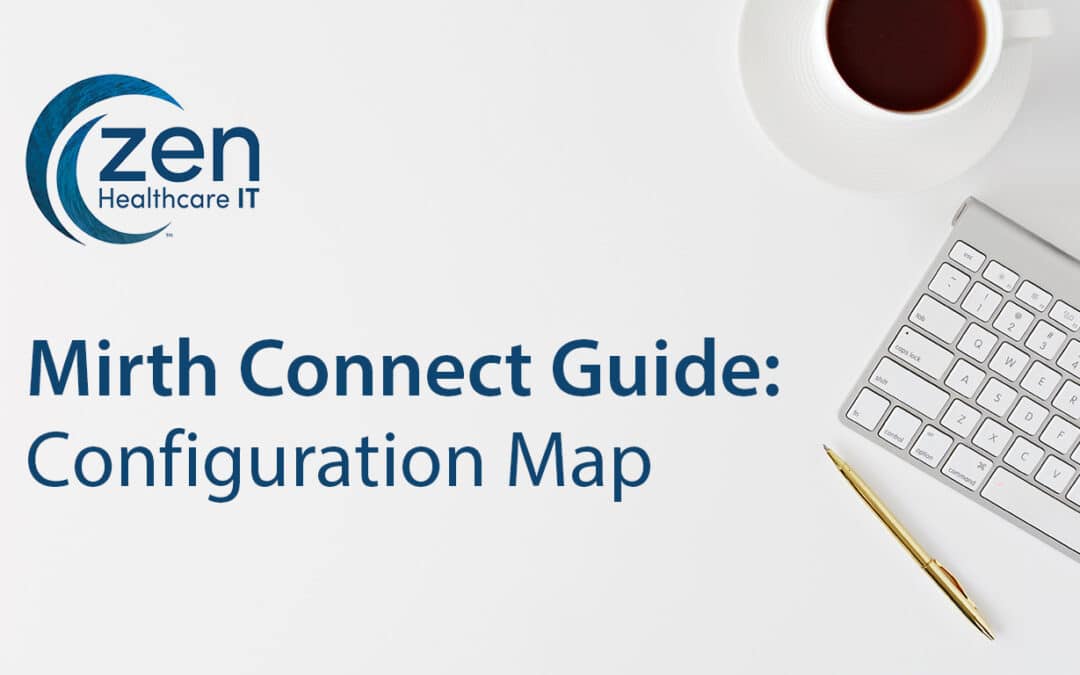To start the new year off we decided to get back to our Mirth Connect Tutorial video series and recently launched a new video on an important Mirth Connect feature for speeding up channel maintenance and deployments, the Configuration Map.
The Configuration Map functions similar to other maps you may have worked with in Mirth Connect but with some slight differences. The major difference in the way configuration maps work is in how the data is stored. All other maps are stored in memory while the configuration map’s contents are stored in a properties file in the mirth connect installation. This will be important to note in the event that you have to do some maintenance on the Mirth Installation itself.
The purpose of the configuration map is to store relatively static key-value pairs that could be used in multiple places of your Mirth Connect instance. The proper use of the configuration map can greatly speed up channel maintenance and make Mirth Connect server deployments much easier.
What we cover in the video:
- Brief overview of Configuration Maps
- Step-by-step walkthrough of how to set up a Configuration Map
- Using Configuration Maps in multiple interfaces
- How Configuration Maps speed up interface deployments
- Using the Configuration Map in conjunction with the a globalChannel Map
- Server migration demonstration using a Configuration Map backup file
By utilizing configuration maps you will make your company’s interface analysts’ lives better with a consolidated location to update global variables, and will be able to provide your system administrators with backup files with known variables needed for newly spun up Mirth Connect Servers.
If you need some additional help utilizing Configuration Maps in your Mirth Connect environment or if you have any questions or comments, you can email us anytime at info@consultzen.com.







